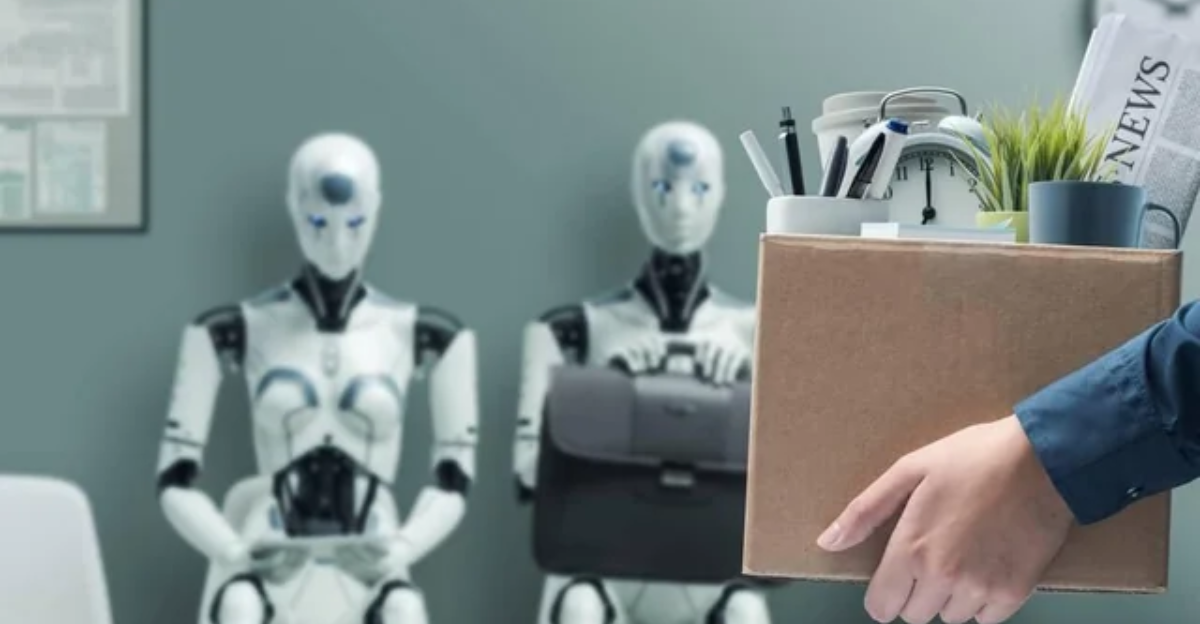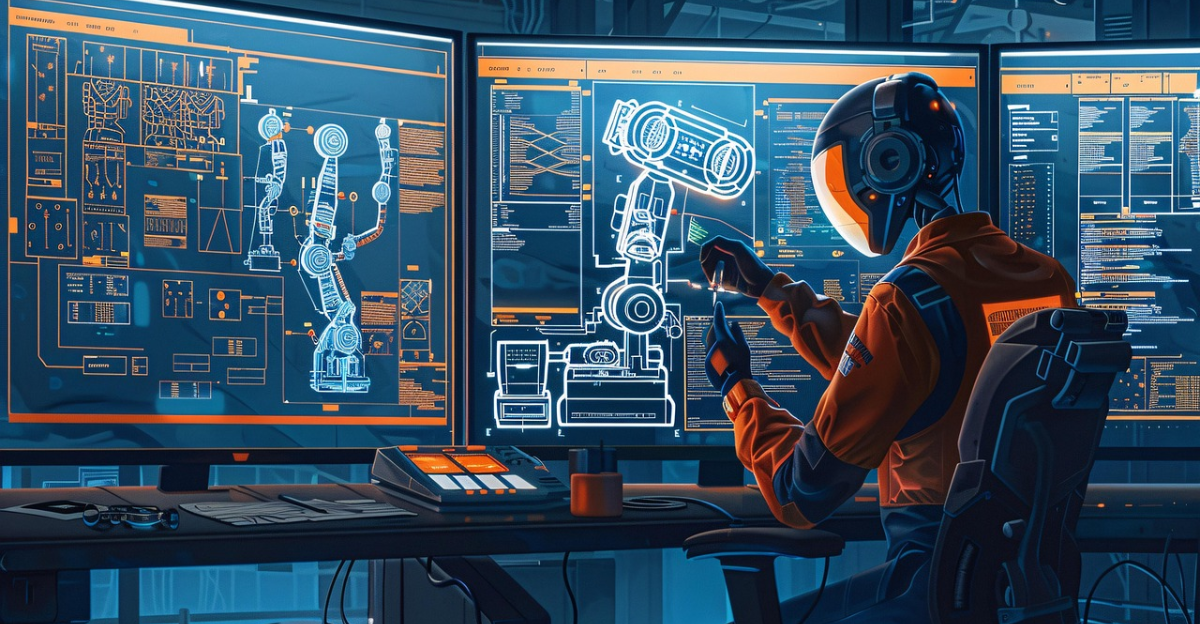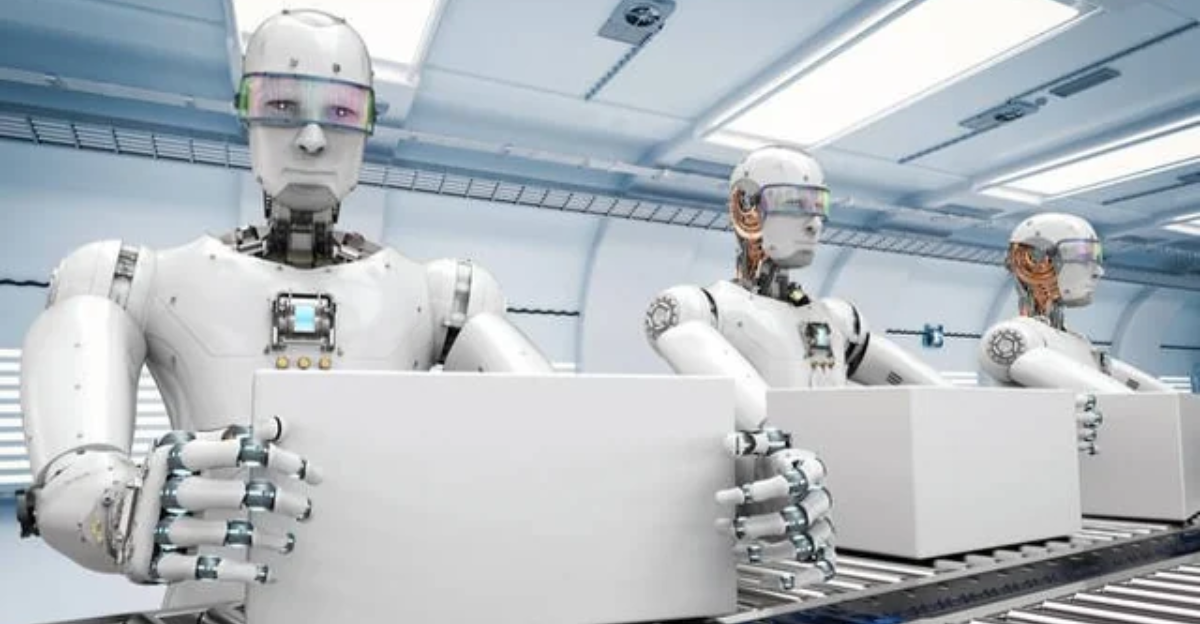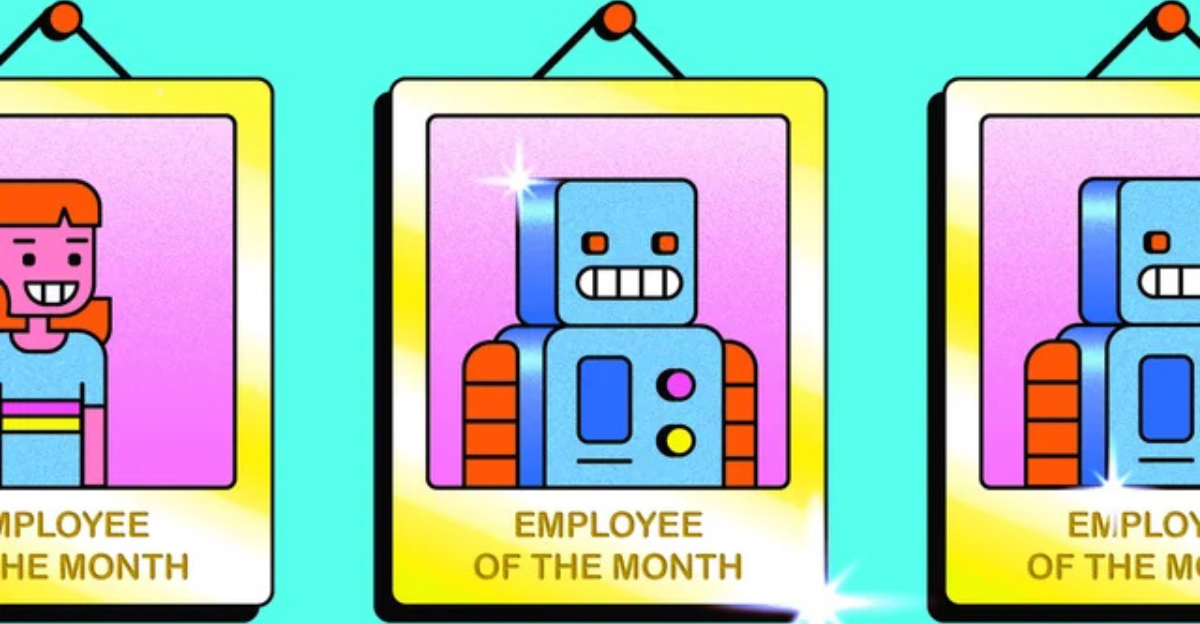
Just when you’d think jobs would be exploding with all the AI magic flying around, two major companies have decided now’s the perfect time to hand out pink slips. Thousands of them.
That’s right. Two of the biggest names in tech are trimming their workforce. At the same time, they’re pouring billions into artificial intelligence like it’s the new holy grail. To put it another way, while AI is busy learning to write code, draft emails, and probably steal your job with a polite emoji, real humans are quietly being shown the door.
The paradox is that the more these companies talk about the future, the fewer actual people seem to have a place in it. Welcome to the paradox.
Scope and Scale of the Layoffs

Let’s talk numbers, because they aren’t small. In May 2025, Microsoft dropped the hammer on about 6,000 employees. That’s roughly 3 percent of its entire workforce. And rumor has it, they aren’t done yet. Meanwhile, Amazon’s been on a layoff marathon since 2022, quietly shaving off more than 27,000 jobs across various departments.
These corporations are doing this without fanfare. No cakes, no farewell speeches. The people who are laid off are left wondering how innovation somehow made them disposable.
AI Investments Are the Driving Force

So where’s all that saved salary going? Into AI’s piggy bank, that’s where. Microsoft plans to shell out a cool 80 billion dollars in 2025 alone. Amazon is going even bigger with a 105 billion dollar splash, mostly on AI infrastructure and data centers that probably hum louder than your conscience at 3 a.m.
Right now it’s an all out AI arms race, and both companies are sprinting toward a future that’s starting to look a little too robot shaped for comfort. Sure, the big screen AI-pocalypse hasn’t kicked off yet, but for the thousands of workers getting pushed out, this is their AI-pocalypse. Just with fewer explosions and way more severance paperwork.
Official Rationale From the Top

When the suits start talking, the words get real shiny. Microsoft says it’s all about streamlining. Amazon prefers the term restructuring. Both are suddenly obsessed with efficiency.
Suddenly, words like returning to “core innovation” are being thrown around as the rationale for the massive layoffs. It’s not personal, they say, just business…as if that should make anyone feel better.
But when you peel back the corporate lingo, it sounds an awful lot like clearing the chessboard to make room for something…well, less alive.
The Role of Generative AI in All This

Let’s not pretend. Generative AI isn’t just helping out. It’s replacing people. Quietly, politely, slowly, surely and with very clean code, AI is taking over one job at a time.
Why pay ten humans when one AI tool works overtime without snacks, PTO, or complaints? So, Microsoft and Amazon are investing in the future, sure, but more importantly, they’re building one where machines handle the pitch, the follow up, the sales, and the spreadsheet by lunch. It’s not sci-fi anymore. It’s reality.
Employee and Public Reaction

Yeah… people noticed.
Internally, the mood’s somewhere between disbelief and slow burn rage. Employees who survived the cuts are left side-eyeing their inboxes, waiting for the next “reorg” announcement.
Ex-employees are venting on social media, some with grace, some with flamethrowers. Outside the office walls, the public isn’t thrilled either. The idea that billion-dollar companies are firing humans while funding robot overlords doesn’t sit well. And well, that’s not very surprising. The future might be efficient, but it’s starting to feel cold.
Sector Wide Impact Across Tech

This isn’t just a Microsoft and Amazon problem. It’s turning into a whole industry pattern.
For instance, Google’s been quietly nudging folks out the back door. IBM has openly said AI is replacing roles they aren’t hiring for anymore.
Smaller companies are watching, taking notes, and planning their own “resource realignments.” The tech world used to be the place where you’d land a job and ride the innovation wave. Now that wave is crashing hard, and sweeping out entire departments with it. AI is shaking things up now. And if you’re not in engineering or data science, you’re probably feeling the ground move.
Economic and Social Consequences

Layoffs are just the start. What comes next is the ripple effect. Sure, AI might create jobs in machine learning, data analysis, and whatever “prompt engineering” is supposed to be, but it’s not a one-to-one trade. For every new AI gig, five old roles vanish. And they aren’t coming back. Whole communities built around tech jobs are starting to wobble. People are asking real questions now. Like, is this “progress”? Or just profit in disguise? The debate is spilling out of boardrooms and into classrooms, kitchens, and late night anxiety spirals. Even the common man on the street is passionately saying his 2 cents on social media.
Future Workforce and the Skills Shuffle

Welcome to the age of the eternal upgrade. If your job didn’t vanish this year, congrats, you’re still on the clock. But for how long? That depends on whether you can pivot, reskill, or magically become an AI whisperer.
Coding is hot. Data is hotter. Creativity that machines can’t fake is still priceless. Everyone else is being told to “upskill” like it’s a casual weekend hobby. The truth? It’s exhausting. The rules keep changing, and nobody sent a handbook. Schools can’t keep up. Bootcamps are booming. And a lot of people are stuck somewhere between curiosity and full blown panic. The future of work is coming fast and it doesn’t come with training wheels.
Conclusion

So here we are, standing at the edge of something massive and kind of terrifying. AI didn’t knock at the door, it kicked it down, made itself a sandwich, and rewrote the company handbook. Microsoft and Amazon didn’t just make cuts. They sent a message. The future is here, and it runs on silicon, not coffee breaks.
But hey, it’s not all doom and Terminator-level destruction just yet. There’s still a place for the human touch if we’re willing to fight for it, pivot fast, and maybe outthink the circuits. This isn’t the end of work. It’s more like a glitchy, high stakes system update with no manual. And unlike Skynet, nobody’s figured out how to pull the plug.
